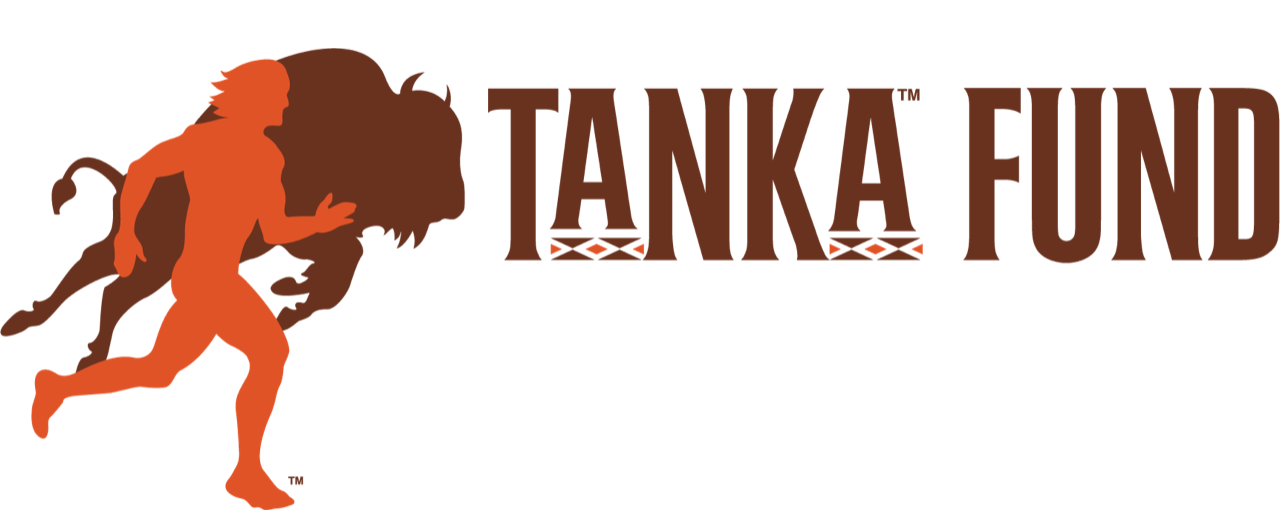Our Rancher Partners: Ed Iron Cloud III
Edward Iron Cloud III (Oglala Lakota) of Knife Chief Buffalo Society Ranch sees Buffalo as significant beings, not just animals. For generations, they’ve sustained the Oglala Lakota physically and spiritually. At his ranch on Pine Ridge, Buffalo are honored through prayerful harvesting, seen as caretakers rather than livestock. Ed emphasizes their intelligence, ecological role, and the deep healing he feels witnessing their return to the land.
Key Points:
For generations, Buffalo sustained the Oglala Lakota with food, shelter, clothing, and spiritual connection.
Edward Iron Cloud III of Knife Chief Buffalo Society emphasizes Buffalo as relatives, not commodities.
At Knife Chief Ranch, harvests are done with prayer, turning food into spiritual sustenance.
Ed sees himself as a caretaker, not a rancher — “They are taking care of us.”
Read full story below
For generations, Buffalo sustained the Oglala Lakota — providing food, clothing, shelter, and cultural continuity. Today, even in fewer numbers, their presence still offers strength — not just physical, but deeply spiritual.
This understanding is something that Edward Iron Cloud III (Oglala Lakota) of Knife Chief Buffalo Society Ranch reiterates when he speaks about caretaking Buffalo. He is a Tanka Fund rancher partner in our network of Buffalo caretakers on the Pine Ridge Reservation in South Dakota. Widely known as Ed, he often shares how the Buffalo are not just animals — they are a living, breathing connection to his people.
At Knife Chief Ranch, harvesting is carried out with prayer and profound respect. Once blessed, the meat becomes more than sustenance and holds spiritual significance.
“The Buffalo is going to give its life, and we are going to eat the animal, gain strength, and continue to live because we have food. With everything, there is spirit to it…the land, air, water, and the animals. We acknowledge that and honor it,” Ed said. “I don’t consider myself a rancher; I consider myself a caretaker. We aren’t taking care of them — they are taking care of us.”
Ed also speaks highly about the cognition and mental development of the Buffalo. He said they understand themselves and their role in the environment, but unfortunately in the past they were only looked upon by Western society as a commodity and were decimated. They weren’t seen as part of the ecosystem. He said watching Buffalo come back makes him feel stronger.
“When I see them, it rejuvenates me. It’s a healing aspect.”
To hear Ed speak, watch this video.
#TankaFund #BuffaloConservation #SupportNativeRanchers #WildlifePreservation #ProtectTheBuffalo #SustainableRanching #NativeAmericanHeritage #ConservationEfforts #WildlifeProtection #SupportIndigenousCommunities #BuffaloRestoration #DonateForACause #WildlifeSupport #CulturalPreservation #IndigenousLandManagement #HelpSaveTheBuffalo #BuffaloHeritage #SustainableAgriculture #LandsLivesEconomies #Donate #Buffalo #Bison #TheReturn #NativeAmerican #Indigenous #Resilience #Restoration #CommunityEmpowerment #Sustainability #SustainableRanching #BuffaloRanching #CulturalRevitalization #Biodiversity #TankaImpact #FoodSovereignty

